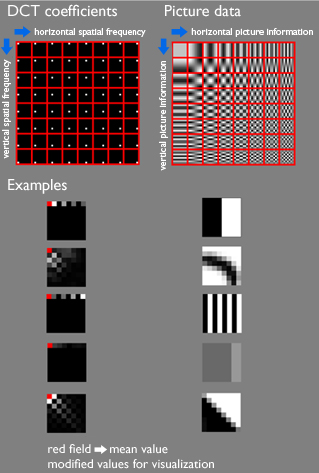
BMPīMP, also known as ‘Bitmap’, is an outdated file format. SVG is supported by most browsers including Chrome, Firefox, Edge, and opera. SVGs are a good choice for logos, especially if you need your logo to be responsive. Vectors are best for simple graphics, shapes, and illustrations. This means you can scale them up or down without losing quality. SVGs are vector images and use XML text to outline shapes and lines.

SVG stands for ‘Scalable Vector Graphic’.

They use lossless compression and tend to be smaller than JPGs. GIFs have a limited color range and are best used for simple graphics. GIF stands for ‘Graphics Interchange Format’. In fact, this is the only image file type that supports animation. You know those annoying, animated loops that people love to post online? Those are GIFs. PNG also uses lossless compression, which means it retains more details than a JPG. Unlike JPGs, PNG images are saved on a transparent background. And they are the preferred choice for diagrams and illustrations. PNGs are commonly used for graphics as opposed to photos. Many images on the web are PNGs, especially graphics that need to retain a high level of detail, such as company logos. The PNG file format stands for ‘Portable Network Graphic’. Although their file sizes are smaller than PNGs, they use lossy compression which means the quality will degrade the more times you edit and save the picture. JPGs save on a white background (not transparent). The JPG file type is good for photos, but not so much for graphics. When you see a photo on a website or social media page, there’s a good chance it’s a JPEG file. JPG stands for ‘Joint Photographic Experts Group’. This means you can enlarge images without any loss of quality. Instead, they are made up of lines and curves that can be scaled based on total area. If you scale it up, the pixels will be stretched to fit the space and the image will lose quality. This makes it difficult to efficiently resize the image. Raster images are static and the pixels are fixed. A raster image is composed of pixels that each have a fixed color, position, and size based on their resolution. The most popular image file types (JPEG, PNG, GIF) are all raster types. This means the original cannot be reconstructed. Images compressed by lossy compression lose some of their data for good. Lossy compression, on the other hand, removes some of the meaningful data from an image. Lossless compression reduces image size without losing quality.
Types of image compression how to#
The entire file is reduced to save space.īut lossless compression also tells the computer what was removed and how to reconstruct the image. Lossless compression removes redundant data from an image. When it comes to image compression, there are two kinds: lossy and lossless. What Are the Different Types of Image Files?īefore discussing the different image file types, it’s important to understand image compression and the difference between raster and vector images. But just because they aren’t used by many websites, doesn’t mean shouldn’t use them. WebP and BMP are 5th and 6th in terms of popularity. Around 30% of sites use SVG and 22% use GIF. According to w3techs, more than 70% of all websites use these file types. The two most popular image file formats for websites are PNG and JPEG/JPG. Different image types may display in slightly different ways and this could look strange to those with a keen eye for detail.
Types of image compression professional#
Consistencyīeing consistent with your choice of image type helps to give your website a professional feel. When choosing which image types to use on your site, you should take into account both device and browser compatibility. There are multiple browsers and device types that users will use to access your website. Clear and crisp images give your website a professional look. Some image types preserve details better than others. Look and FeelĬhoosing the right image file types can either add or detract from your site’s overall aesthetic appeal.

You can improve your website’s search engine rankings by using quality images with small file sizes. There are many factors that affect a website’s SEO ranking and page speed is one of them. Well-optimized images can speed up page load times and improve user experience. Large images can take up a lot of space on your server and this can cause your site to load slowly. One of the most important things to consider when uploading images to your website is how they might affect page load times.

From real WordPress experts LEARN MORE Speed


 0 kommentar(er)
0 kommentar(er)
